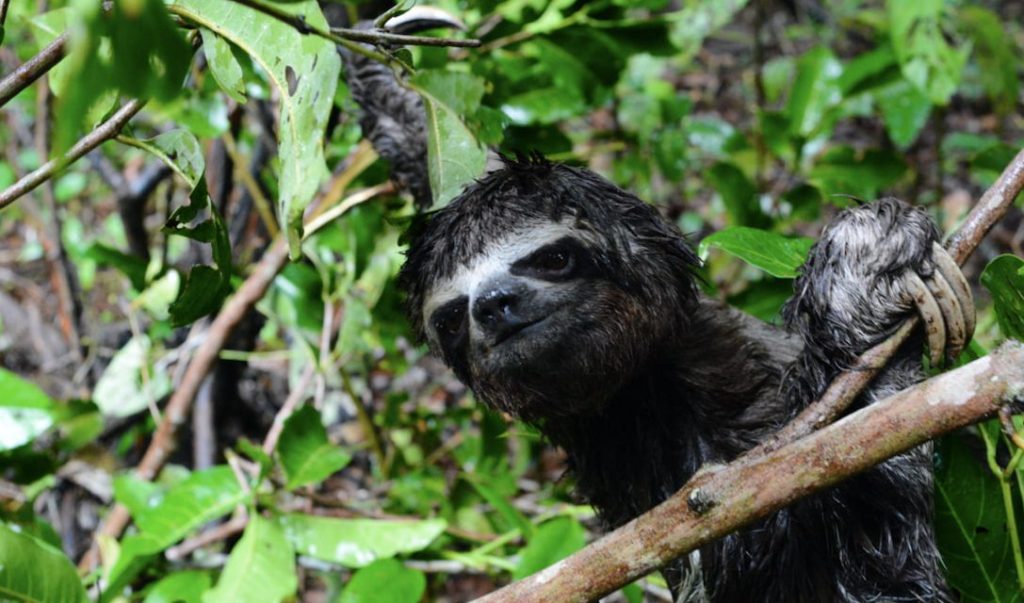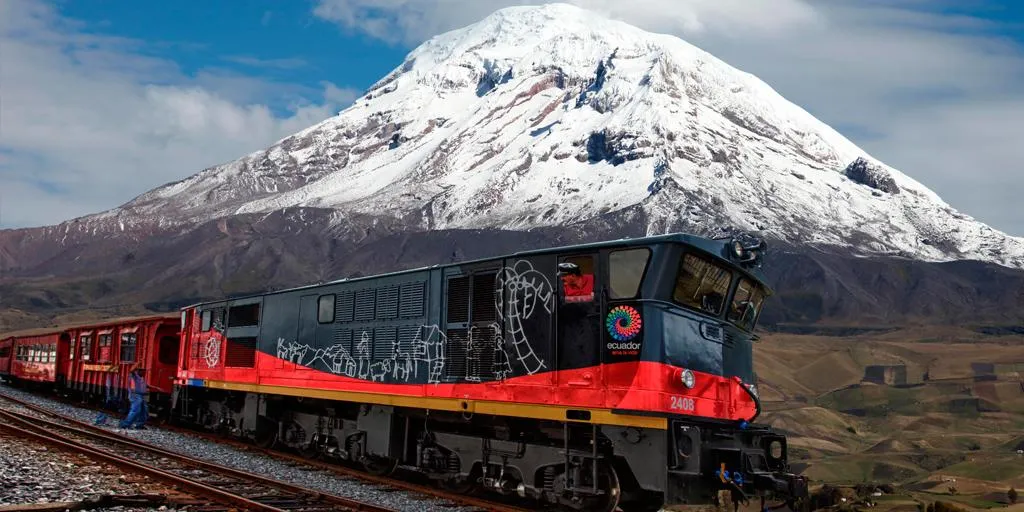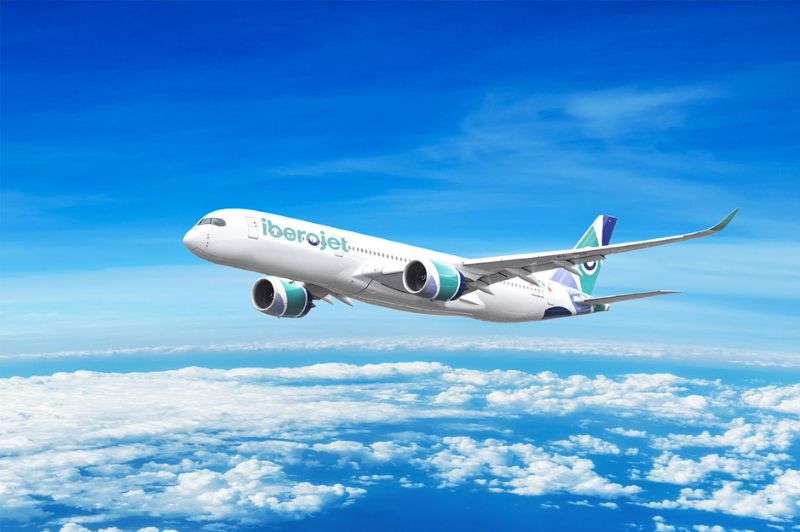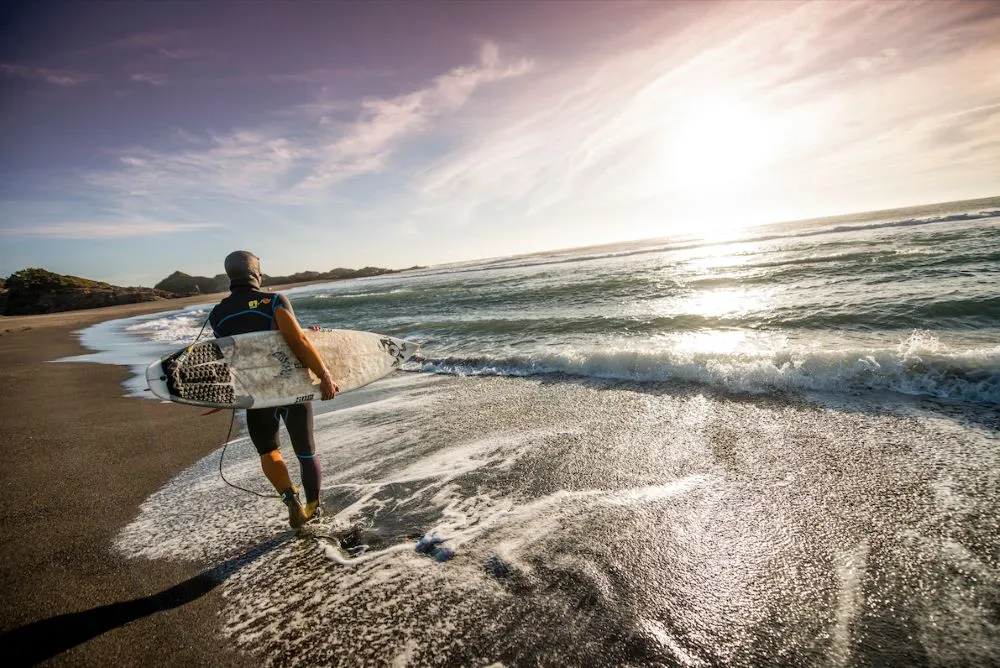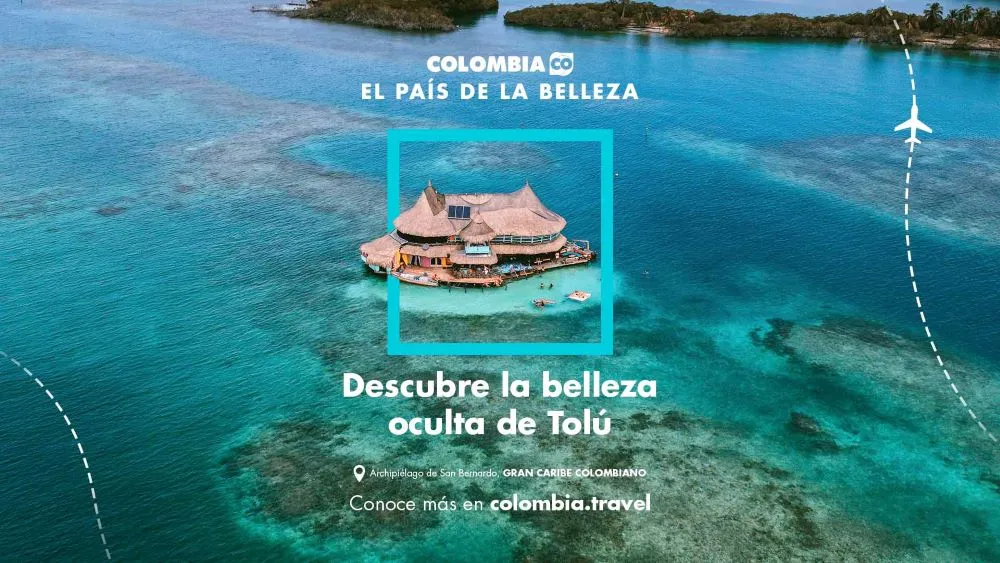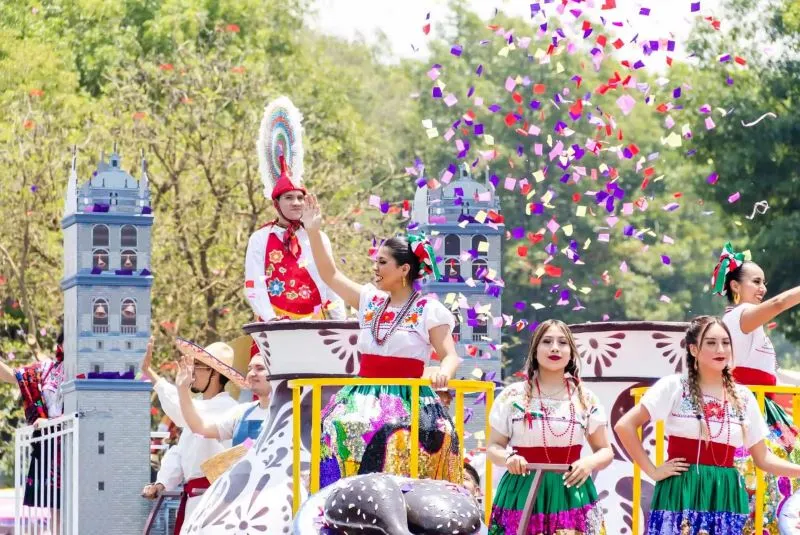Texte de Nayra Palacios Miquel – Traduction de Claudia Oudet – Cet article a été publié initialement sur le site www.elcafelatino.org
L’Amazonie est un héritage qui nous unit tous. Un paradis d’une superficie de 7,9 millions de km², qui regroupe le Brésil, le Pérou, l’Équateur, la Colombie, le Venezuela et la Bolivie. Cependant, on ne parle pas assez du danger auquel il est exposé. Entre avril et août 2021, l’Amazonie péruvienne a perdu 12.345 hectares à cause de la déforestation.
L’Amazonie colombienne a perdu 52.000 hectares au cours du premier semestre 2022. La zone la plus touchée est sans aucun doute l’Amazonie brésilienne, qui a perdu 1.120 km² de végétation indigène au cours du seul mois de juin 2022.
La richesse naturelle et culturelle de l’Amazonie existe grâce à ses tribus indigènes, mais elle est menacée depuis de nombreuses années, que ce soit par des exploitants forestiers illégaux, des groupes de narcotrafiquants ou par des entreprises sans scrupules qui ne pensent qu’à leur profit. Au cours des 36 dernières années, l’Amazonie a perdu 17 % de sa végétation. Si on dépasse la barre des 20 ou 25 % de la déforestation totale, un point de non-retour sera atteint. Le Panel Científico por la Amazonía (groupe scientifique pour l’Amazonie) met en garde contre le danger de voir l’Amazonie devenir une savane, soit une zone où les arbres sont rares et clairsemés. Cela augmenterait le risque de feux de forêts et causerait des problèmes d’humidification.
La COP15 de Montréal pour la biodiversité s’est engagée à protéger 30 % des mers et des terres, et à restaurer 30 % des territoires endommagés d’ici 2030. La biodiversité est essentielle à la protection de la planète et au maintien d’un équilibre entre toutes les espèces et la nature. Plus de 110 États se sont engagés à respecter ce traité, qui protège non seulement la nature mais aussi les personnes qui l’habitent.
Autre accord spécifique : les entreprises européennes devront s’assurer que les matériaux qu’elles importent, qu’il s’agisse de bois, de soja ou d’huile de palme, ne proviennent pas de zones protégées. Tous ces pactes contribueront à réduire le risque d’extinction des espèces et à protéger la biodiversité.
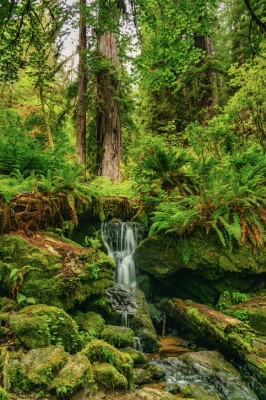
Mais plus que cela, il s’agit d’un signal d’alarme pour l’humanité, les gouvernements et les entreprises. Le point de basculement approche et bien que des organisations telles que le GIEC expliquent qu’il ne reste que trois ans pour réduire les émissions de CO² et sauver la planète, les changements ne sont pas à la hauteur des problèmes et des conséquences actuels.
La question est de savoir comment aider à stopper cette déforestation en étant loin de l’Amérique latine. Une première solution facile consiste à cesser de soutenir les entreprises qui la financent ; vérifier à quels projets notre banque contribue ou quelles sont les conditions de production de leurs échanges ; acheter des produits à faible impact CO² ou qui rémunèrent équitablement les producteurs est un bon début et un petit geste à la portée de tous.
De nombreuses ONG se joignent à la lutte pour la protection de l’Amazonie. L’Amazon Conservation Association travaille depuis 20 ans dans le bassin amazonien, en Amazonie péruvienne et bolivienne. Amazon Watch se bat non seulement pour la conservation de l’Amazonie, mais aussi pour la conservation et le respect des peuples indigènes.
La Rainforest Foundation travaille avec les peuples indigènes pour développer des technologies permettant de protéger les forêts contre l’exploitation et les incendies. Il existe de nombreux autres partenariats de ce type, que l’on peut trouver en ligne et avec lesquels on peut collaborer facilement. Comme il a déjà été dit, « le changement commence par nous ».

